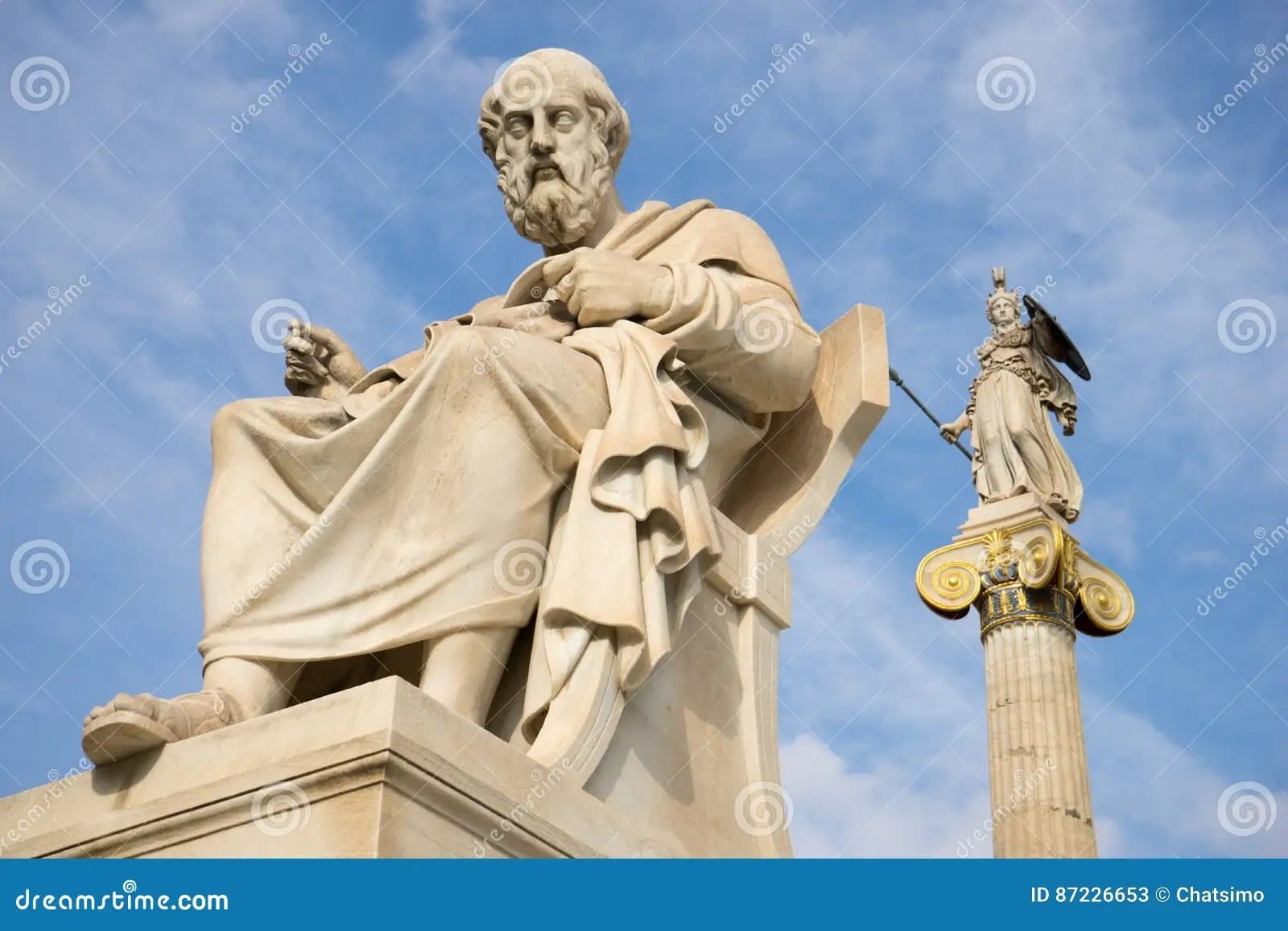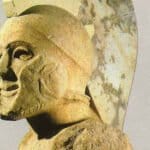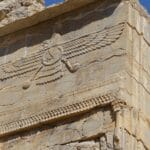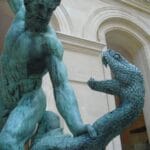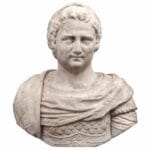While a dedicated statue of Plato himself might not grace the sun-kissed shores of Cyprus, the island nation’s artistic heritage deeply intertwines with the philosophical currents of ancient Greece, offering a tangible link to Plato’s enduring legacy. This exploration delves into the fascinating world of Cypriot sculpture during the Classical Age, revealing how philosophical ideas, particularly those emanating from the vibrant intellectual hub of Athens, may have subtly shaped the artistic expressions of this Mediterranean island.
Cypriot Sculpture: A Whisper of Plato’s Influence?
So, you’re searching for a statue of Plato in Cyprus? It’s a common misconception, perhaps fueled by the island’s close historical ties to ancient Greece. While a physical monument to the philosopher himself remains elusive on Cypriot soil, the island’s artistic heritage offers a fascinating glimpse into how deeply ancient Greek influence, including Plato’s philosophical ideas, permeated Cypriot culture.
Imagine Cyprus during the Classical period (ca. 480–310 BC), a bustling crossroads of Mediterranean cultures, absorbing influences, particularly from Greece. This vibrant exchange of ideas is reflected in the island’s art, particularly its sculptures. Primarily carved from readily available limestone and molded from terracotta—due to a lack of local marble—these works often embody the artistic styles and philosophical concepts popular in the Greek world at the time. Wealthier patrons, however, could sometimes afford imported marble, adding another layer of connection to the broader Hellenistic world. Examples of these remarkable Cypriot sculptures, showcasing the stylistic influence of East Greek art, can be found in collections like that of the Metropolitan Museum of Art.
While we can’t definitively state that Cypriot artists consciously sculpted works because of Plato’s teachings, the possibility of his influence is intriguing. His famous Theory of Forms, which explored the concept of ideal beauty and truth, may have resonated with artists seeking to capture these qualities in their work. Think of it like trying to sculpt the perfect apple—not just any apple from a fruit bowl, but the idea of “appleness” itself. Did Cypriot artists, perhaps unconsciously, strive to capture such ideal forms in their limestone and terracotta creations?
Zeno of Citium: Cyprus’s Own Philosophical Giant
Adding another dimension to this story is Zeno of Citium, a Cypriot philosopher who founded Stoicism. Born in Citium, Cyprus around 334 BC, Zeno developed a philosophical system emphasizing virtue, reason, and living in harmony with nature. While Stoicism developed its own distinct doctrines, it shares intriguing links with Platonism, particularly in its focus on virtue and reason. Zeno’s presence reminds us that Cyprus wasn’t merely a passive recipient of Greek influence but an active contributor to the vibrant philosophical landscape of the ancient world. This suggests that even without a direct depiction of Plato himself, his philosophical legacy, alongside other prominent thinkers of the time, swirled within the cultural milieu, shaping artistic expression in subtle and profound ways.
The Search Continues: Unraveling the Mysteries of Cypriot Art
It’s worthwhile to remember that our understanding of the past is always evolving. Ongoing archaeological research and scholarly investigation may shed further light on the cultural exchanges between ancient Greece and Cyprus. Perhaps future discoveries will reveal even more about how philosophical currents, like those emanating from Plato’s Academy, shaped the artistic landscape of the island. Who knows what treasures still lie buried, waiting to be unearthed and add to our understanding of this fascinating chapter in history?
Where is Plato’s Statue? (And Other FAQs)
Where is Plato’s actual burial site?
Plato’s final resting place is believed to be within the grounds of the Academy he founded in Athens, tucked away amidst the ruins. A prominent statue of Plato can be found at the modern Academy of Athens, Greece’s national academy – a fitting tribute to a man who profoundly shaped Western thought.
What are some famous statues in Cyprus?
While a Plato statue remains elusive, Cyprus boasts a rich array of ancient sculptures, often depicting gods, heroes, and other figures from Greek mythology. These works, crafted with skill and artistry, offer glimpses into the beliefs, values, and artistic sensibilities of the people who created them. Explore the ancient faravahar found in Cyprus, a symbol of power and protection, for a unique example of the island’s artistic heritage.
Where is the statue of Aphrodite in Paphos?
Interestingly, the ancient Sanctuary of Aphrodite at Palaipafos, a significant pilgrimage site, didn’t house a traditional statue of the goddess. Instead, a large, cone-shaped stone stood at the center, representing Aphrodite’s divine presence. People believed the goddess’s spirit resided within this stone, making it a powerful symbol of worship.
Our understanding of ancient religions is constantly evolving. Ongoing research may reveal more about the significance of this conical stone and the rituals practiced at the sanctuary. The Sanctuary of Aphrodite at Palaipafos remains a testament to the enduring power of belief and the fascinating ways ancient cultures expressed their devotion.
